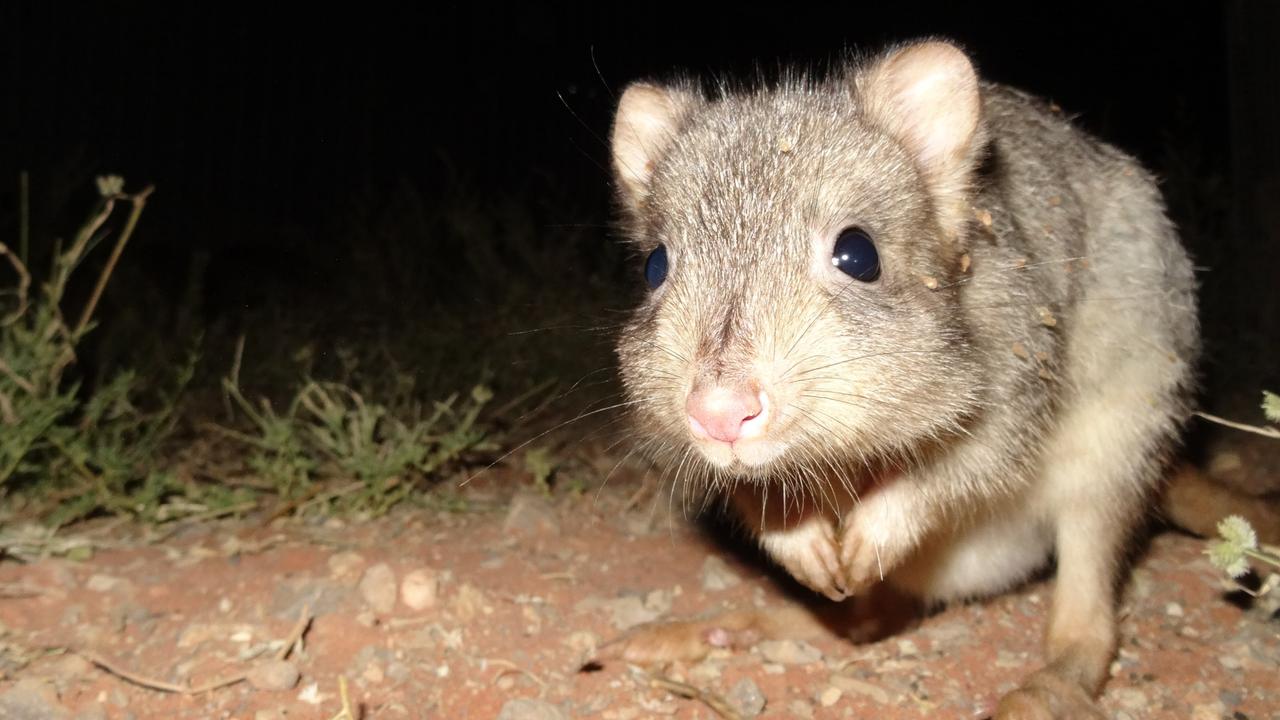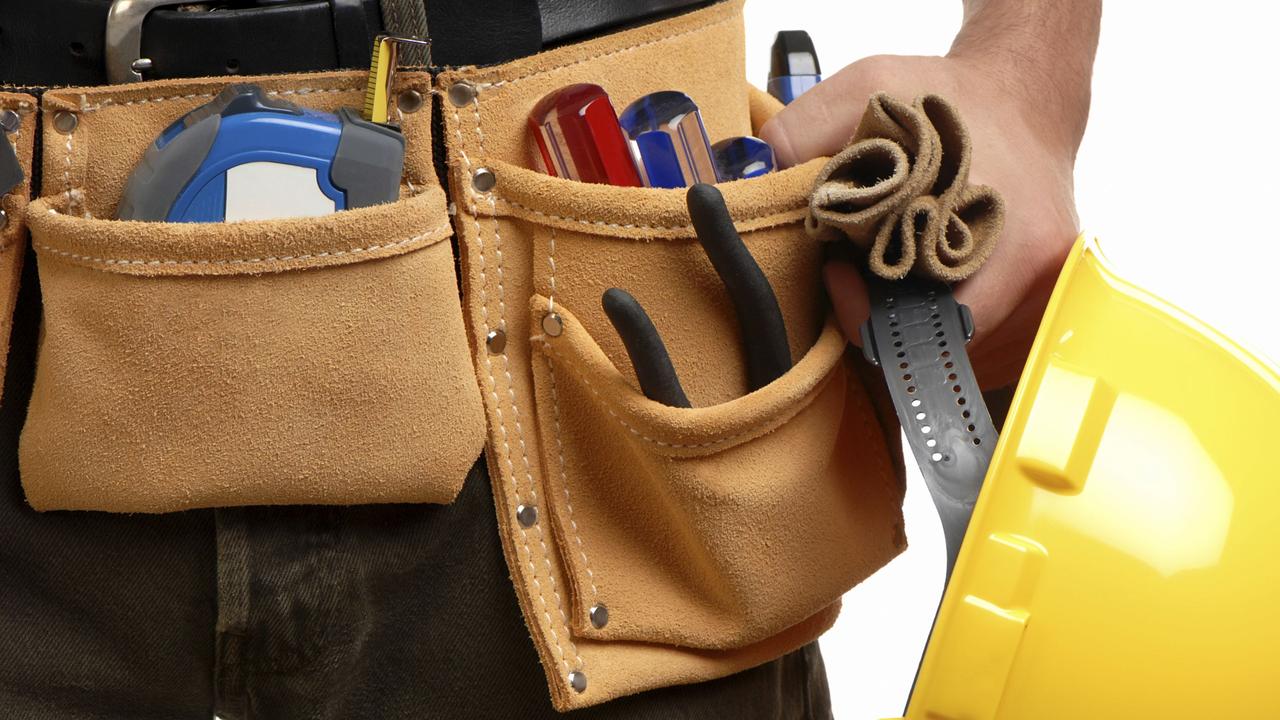TKMS to visit Whyalla to consider using city to build ships
A WHYALLA wipe-out could be averted with jobs created in shipbuilding and defence projects that could also demand Australian steel.

SA News
Don't miss out on the headlines from SA News. Followed categories will be added to My News.
- Whyalla bailout ‘cheaper than the ensuing welfare bill’
- Six months to save 3000 jobs in Whyalla — and a city
- Resilient town says it will survive — but needs help
- 1300 jobs gone if ASC doesn’t get Offshore Patrol Vessels
- Fears SA’s shipbuilding industry workforce could hit zero
A WHYALLA wipe-out could be averted with jobs created in shipbuilding and defence projects that could also demand Australian steel.
Defence SA and German shipbuilders TKMS will visit Whyalla on Monday to assess its ability to build parts of Offshore Patrol Vessels, Army vehicles, Future Frigates and potentially even submarines in the future.
TKMS Australia chairman John White said another possibility was that any future nuclear waste storage program in SA would need cargo ships and containers for the fuel rods.
Whyalla was a shipyard during WWII. It produced warships and merchant vessels and according to a 1945 The Advertiser article was “the best laid out and equipped hull yard in the Commonwealth”.
It emerged last week 1100 jobs are at risk and the local steelworks set to close as Arrium’s OneSteel plant faces a $60 million-a-year budget shortfall caused by falling prices and cheap Chinese imports.
In a two-pronged approach, workers could be upskilled to work on defence projects and those projects could use more Australian steel — although still nowhere near the previous demand.
State Defence Industries Minister Martin Hamilton-Smith said the Spencer Gulf “was once a shipbuilding hub and can be a significant player again”.
Dr White said he will start to find out what is possible.

It is unlikely Whyalla would ever be able to produce the high-strength steel needed for submarine hulls or many of the parts for larger, more complex warships.
However, with support, training and infrastructure workers could transition to naval projects, armoured vehicles, cargo ships and other projects.
“I’m interested to go to Whyalla and see what the situation is,” Dr White said.
“I think there will be people there, who will want to join the naval industry program when it gets through the Valley of Death … when (shipbuilder) ASC hits the bottom rungs in 2018.
“Then will be the time to identify these people and put them into specialist tailored training for the build up to OPVs, Future Frigates (and so on). That’s worth thinking about.”
Dr White said thousands of containers would be needed to store nuclear waste and “dozens” of ships up to 10,000 tonnes would be needed to transport it.

“They’re not huge but they’re exactly the sort of ships that could be built in SA … ideally built in Whyalla,” he said.
Mr Hamilton-Smith said he welcomed the visit to Whyalla and any potential opportunities shipbuilding there might create.
“If major defence projects such as Future Submarines, Future Frigates, OPVs and armoured fighting vehicles are built in SA, there will be a significant amount of work for Whyalla’s steel manufacturing and supporting industries,” he said.
Germany is competing against France and Japan in the competitive evaluation process to pick an international partner to work on the $50 billion Future Submarines project.


